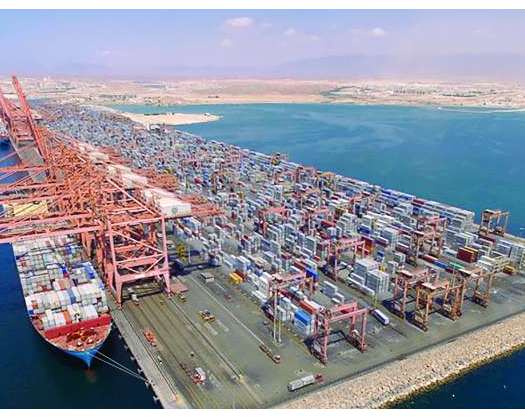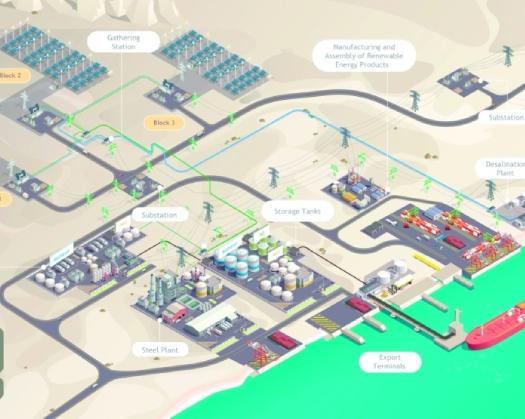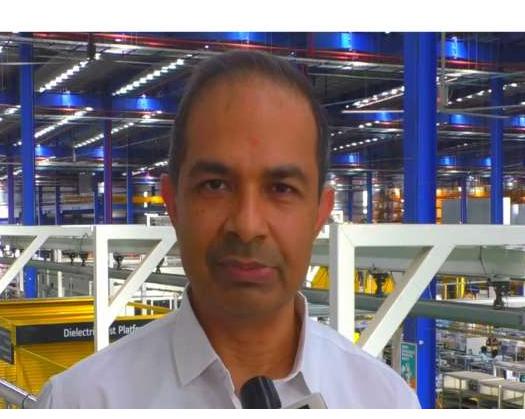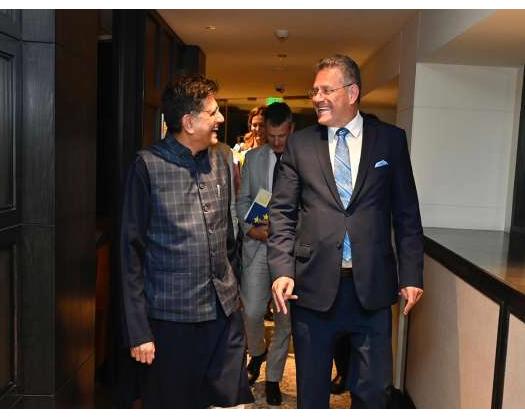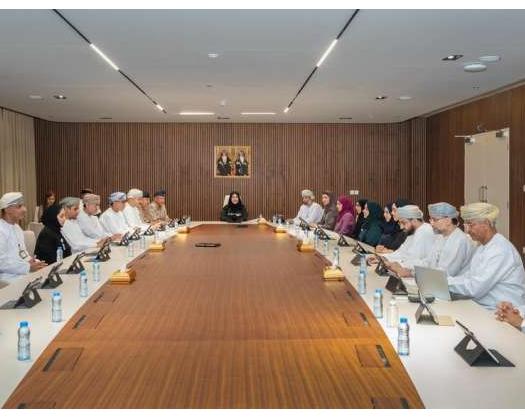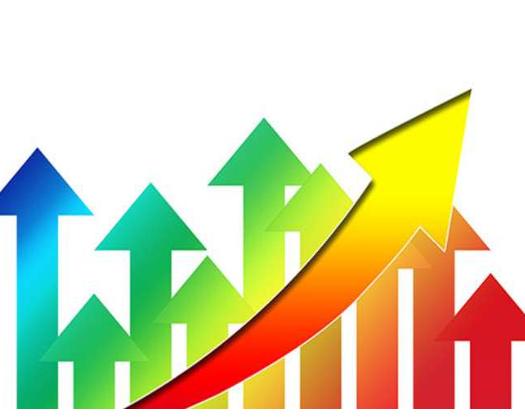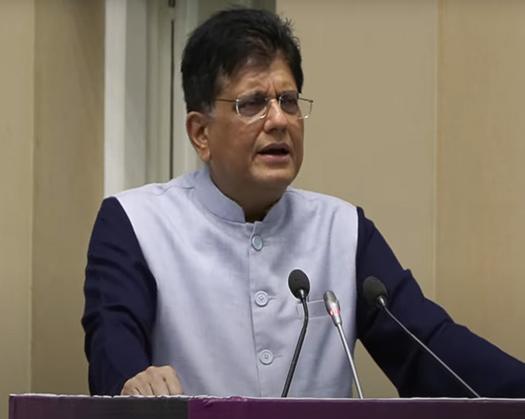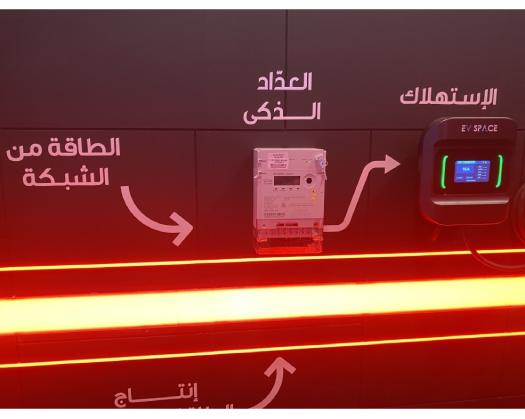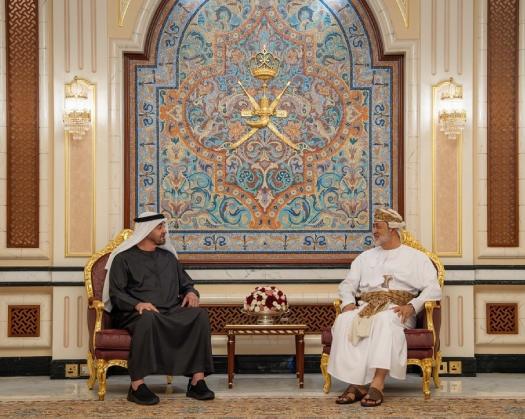Muscat: Economic analysts and experts have indicated that Oman’s state budget for 2025 is balanced and continues to prioritize social support, while also making strides in reducing public debt expenses.
Dr. Dhafir bin Awad Al Shanfari, Chairman of the Economic and Financial Committee in the State Council, highlighted several positive elements of the 2025 budget, including the ongoing support for essential services such as petroleum products, electricity, water, sewage, and waste management, as well as the social protection system.
He noted that there has been commendable progress in annually lowering public debt costs through the restructuring of certain lower-interest loans.
In comments to the Oman News Agency, Dr. Al Shanfari emphasized the potential for increased investment spending with a high local content, contingent on achieving a financial surplus during the year. He stressed the importance of reinvesting any surplus into promising sectors to boost their contributions to GDP and future revenues, particularly in industry, tourism, fisheries, and logistics.
Additionally, he mentioned that a designated amount has been set aside to enhance job opportunities in the private sector and support the employment of Omani nationals, along with training initiatives.
He expressed optimism for a proactive strategy to utilize financial surpluses to invigorate the non-oil economy and tackle the challenges faced by job seekers, anticipating that oil prices will average above $70 per barrel, which would help avert a deficit based on a $60 per barrel projection.
Dr. Mohammed bin Hamid Al Wardi, a member of the State Council, emphasized that the 2025 budget continues the Tenth Five-Year Plan and initiatives for financial sustainability in a context marked by global geopolitical tensions and economic uncertainties.
He indicated that this year's budget represents the final installment of the Tenth Five-Year Plan, with total expenditures projected at OMR 11.8 billion, reflecting a 1.3% increase from the approved budget for 2024.
Additionally, he mentioned that the 2025 budget targets a growth rate of 2.7%, supported by government spending amounting to OMR 4.4 billion.
“The budget aims to achieve fiscal and economic equilibrium by lowering public debt, stimulating economic activity, and further enhancing social services through the social protection system and support for the electricity, water, and petroleum sectors.”
“Moreover, the 2025 budget features the lowest public debt service cost in comparison to previous budgets, totaling OMR 915 million,” he added.
Dr. Khalid bin Said Al Amri, Chairman of the Oman Economic Society, stated that the 2025 state budget anticipates revenues of OMR 11.18 billion, showing a slight increase from the 2024 budget. “The budget is significantly dependent on oil revenues, which account for over 50%, alongside gas revenues at approximately 16%, with the combined total of oil and gas revenues exceeding 70% of the overall revenues in the 2025 state budget.” “The expenditure for the upcoming year is set at OMR 11.8 billion, a minor rise from 2024, while the projected deficit for 2025 stands at OMR 620 million, representing 5.5% of total revenues, in contrast to a surplus in 2024,” he further explained.
He highlighted that the 2025 state budget allocates around OMR 5 billion for social spending, which constitutes about 42% of total expenditures. Investment in social services, particularly in education and healthcare, is vital, with plans for the establishment of over 22 new government schools and various healthcare initiatives.
The oil and gas industry is crucial, making a substantial contribution to the gross domestic product (GDP). Currently, the public debt-to-GDP ratio is at 34%, with expectations to remain within the acceptable range of 35-37% this year. The projected deficit is 5.5% of public revenues, which will be addressed through a combination of internal and external borrowing, as well as utilizing reserves, totaling approximately OMR4 billion.
Dr. Al Amri pointed out that the estimated expenditure for the 2025 budget is OMR11.8 billion, with a considerable allocation of OMR5 billion for social services and OMR3 billion for defense and security. The costs associated with servicing public debt have fallen to over OMR1 billion. The government's commitment to economic diversification is clearly reflected in the 2024 state budget and is expected to persist this year.
Economic expert Dr. Yusuf bin Ali Al Balushi remarked that the 2025 budget is relatively well-balanced, emphasizing social initiatives, expanding the social protection framework, completing infrastructure projects, and fostering investments across various economic sectors.
He highlighted the encouraging decrease in public debt service costs to around OMR900 million, marking an improvement from the previous year, along with the upgrade of Oman’s credit rating to a positive investment grade, which enhances the economy's resilience and attracts further investments.
He stressed the importance of focusing on broader economic factors, including local investments and the private sector's involvement, while capitalizing on Oman’s strategic location, mineral wealth, and tourism opportunities. There is a pressing need to realign spending to adapt to global trends, particularly in automation and the growing significance of technology.

